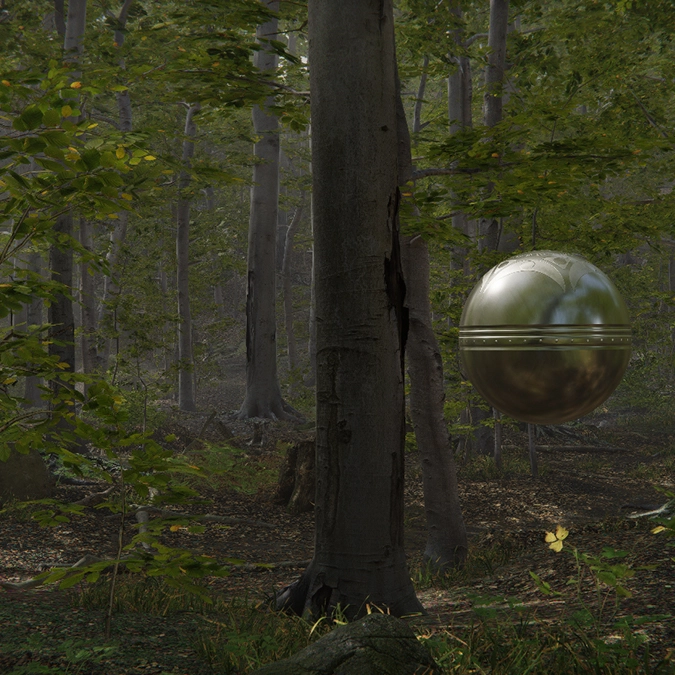If the Buga Sphere is a Genuine Product of an Extraterrestrial Civilization
An analysis of its principles, production mechanisms, and the technological implications for humanity.

An analysis of its principles, production mechanisms, and the technological implications for humanity.